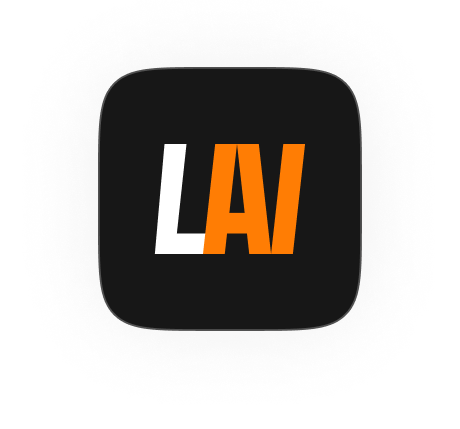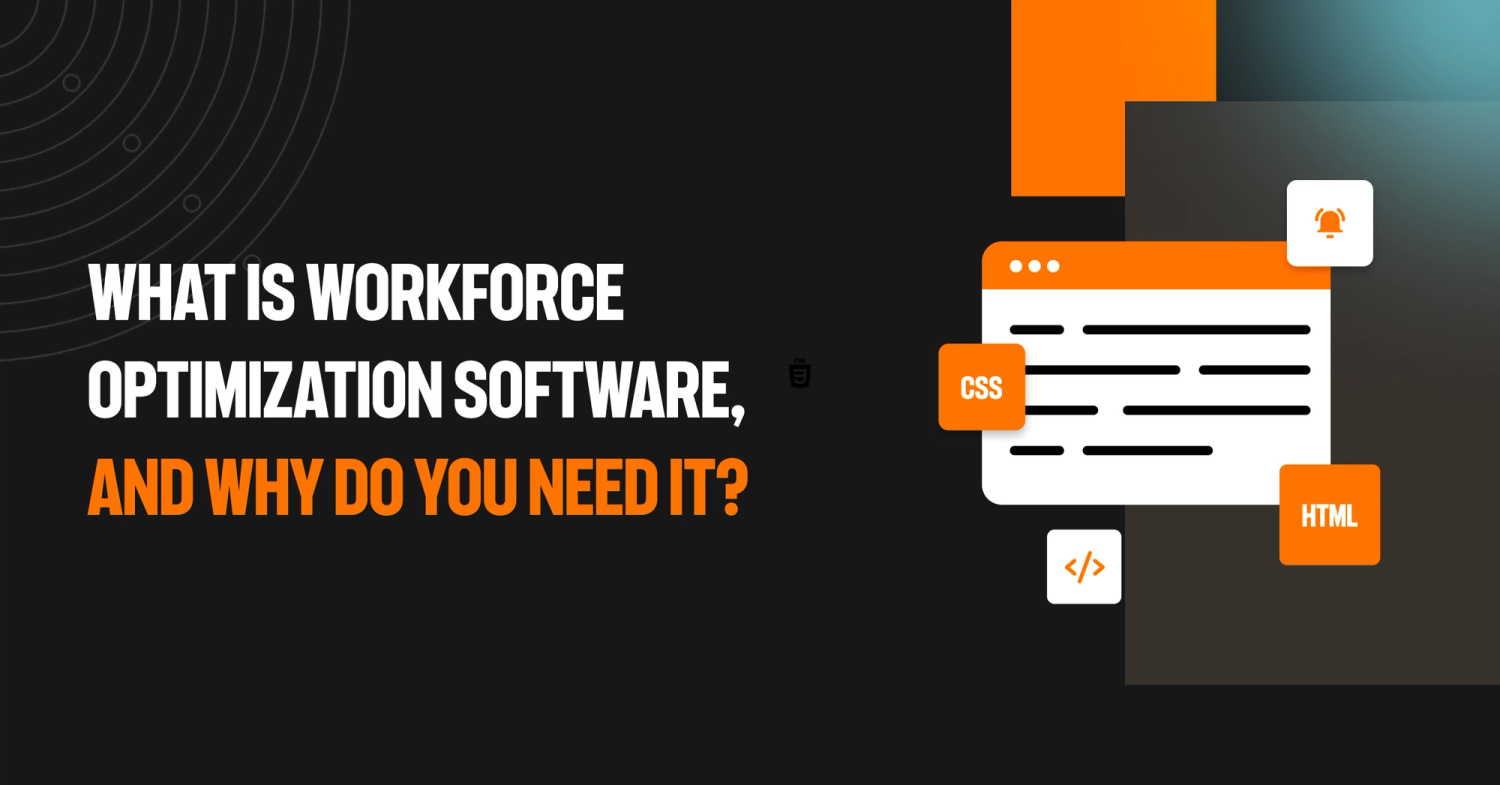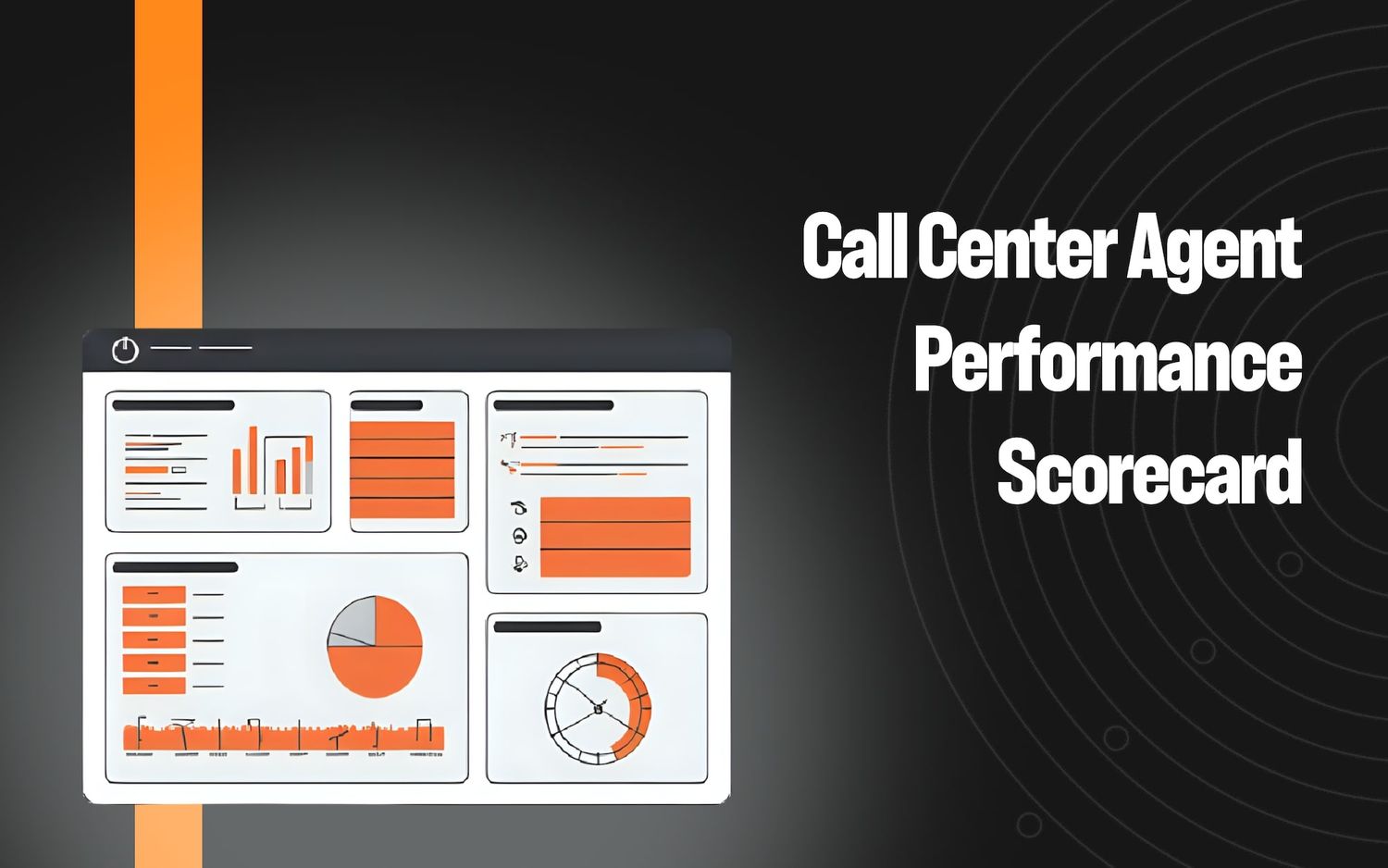What is Workforce Optimization Software, and Why Do You Need it?


Do you want to help your contact center agents keep providing the perfect customer experience? What can you do to enhance your call center operations?
The answer is in these three words “Workforce optimization software(WFO)!”
But what exactly is workforce optimization software(WFO), and why do you need it?
We will be delving into the answers to these two questions in this article. We will also introduce the best workforce optimization software to you.
What is workforce optimization software?
Analyst research firm Forrester defines Workforce Optimization Software as “a platform for managing the performance of customer service centers.”
WFO software manages the following:
- Volume forecasting and capacity planning
- Workforce staffing and scheduling
- Quality assurance and performance management
- Interaction recording and channel analytics
- Employee engagement and integrated reporting
This definition is apt because it encapsulates the components of customer service operations that could lead to the success or even failure of the contact center.
Whether a contact center will succeed depends on:
- The competence of the agents.
- The effective management of call center agents.
WFO software helps you leverage your agents effectively.

Components of Workforce optimization software.
Any advanced work optimization software should have the following features:
1. Workforce Management (WFM): Although it is often confused with WFO software, It is a subset of WFO concerned with forecasting and scheduling processes at a call center.
The main aim is to control personnel expenses while providing a top-notch customer experience. WFM is responsible for volume forecasting, capacity planning, etc.
2. Performance management: Performance management software provides real-time and historical dashboards for call center agents and managers. It offers valuable insights into the individual performance of the agents measured against set KPIs. It also helps provide a perfect picture of where to concentrate effort to develop and engage the agents.
Because WFO software aims to increase performance and encourage social collaboration, they often use a gamified approach to teach call center agents. This approach has helped to improve their performance.
💡Did you know?
Your agents can review their performance and learn anytime without your assistance. Level AI uses augmented quality assurance to make this possible.
3. Quality Management (QM): QM software ensures omnichannel performance management and guarantees a seamless, cross-channel customer experience. Regardless of the channel used to communicate with the contact center, the experience is the same.
The finest QM solutions, like Level AI, include unified agent coaching tools, statistics, self-evaluations, and agent-accessible information, to boost efficiency and encourage agent involvement.
4. Call Recording: this is also a critical component of workforce optimization. Quality management is almost impossible without it. The software auto-records customer conversation during calls and uses screen recording features to capture agents’ monitors throughout the encounter. In addition, it offers insights relating to the agent’s workflow.
Proper call center workforce optimization is indeed essential. Call centers can only succeed if they have the right tech stack. In the long run, workforce optimization software will raise the team’s effectiveness, quality, and productivity.
Why do you need WFO software?
Are you looking to gain a 360-degree view of your agents and understand better how your employees work? Will you want to know how best to leverage their skills and achieve more of your call center goals?
Then it would be best if you considered leveraging WFO.
Here are other reasons why you especially need workforce optimization software.
WFO software helps:
1. Your business achieves operational efficiency across various channels and functions.
Customer service managers can use WFO software to estimate, schedule, and manage the day-to-day call volume changes.
Advanced WFO platforms help streamline staffing across back-office operations. It also assists in front-office channels like phone or digital.
With many business processes migrating to the cloud, customer service teams can quickly scale up and handle anticipated or unforeseen volume changes, leading to fewer service interruptions and better business continuity planning.
2. Boost your remote workforce’s productivity, engagement, and compliance.
WFO software has features like shift-bidding and self-scheduling, providing workers with more freedom to organize their workday and automatically eliminating compliance issues like buddy punching. Additionally, it leverages analytics and gamification to enhance performance management, scheduling tracking, and communication.
3. Make customer service operations more predictable.
Real-time insights on operational performance are possible with integrated reporting and visualization capabilities. This increase forecast accuracy, manage capacity and match the best agent to appropriate customer intents using integrated AI and predictive analytics.
These insights help to develop sales campaigns, look into cross-skill and up-skill employees to make them more fungible, and strengthen the contact center department’s robustness.
4. Identify the Causes of customer Behavior.
In addition to learning what they need, it is crucial to understand what triggered customers to contact them. Customers may require assistance with a problem or urgent questions. Contact centers are critical to improving the entire customer experience and significantly preventing customer churn. They need to know the customer’s pain points and objectives.
How would they go about doing this?
WFO software allows businesses to identify the real reasons why customers frequently call centers by examining their previous and ongoing behavior.
For instance, speech analytics may reveal the causes of call transfers between agents (escalation efforts, insufficient agent training, etc.) and provide a comprehensive report that can help contact center managers make data-driven decisions to solve these problems.
Let’s now learn about the best WFO software out there.
Level AI-the present future of Workforce Optimization Software

Still here? Congratulations! You stuck around till the end. As promised, you will get great insights into the best workforce optimization software.
But before that, let’s let you in on why we used the paradox ‘future-present’ to describe Level AI.
1. The World’s Leading Quality Assurance Management Platform
Level AI layers in the most advanced artificial intelligence engine to monitor 100% of conversations and scores those conversations in real-time according to a company’s custom Quality Assurance scorecard, making it the best Quality Management System on the market.
2. The Most Comprehensive Agent Performance Management Suite
Level AI tracks agent performance in real-time, identifies coaching opportunities, adds them to a personalized coaching plan, and assists the agent in real-time to increase AHT, FCR, and CSAT.
3. Easily Searchable Interaction Repository
Level AI records all of the interactions whether via call, chat, email, or SMS, and automatically classifies those conversations with topics and conversation tags that can be queried and reported on. It also automatically creates a summary of each interaction.
4. Infinite Analytics & Reporting Possibilities
Level AI conversation analytics engine essentially turns this massive ocean of unstructured data into an easily queriable dataset that can be sliced and diced in every dimension for Voice of the Customer insights or Contact Center KPI reporting.
Do all these sound too good to be true?
Well, here’s what you should do;
Do not just take our word for it; book a demo with us to experience it.
Keep reading
View all





